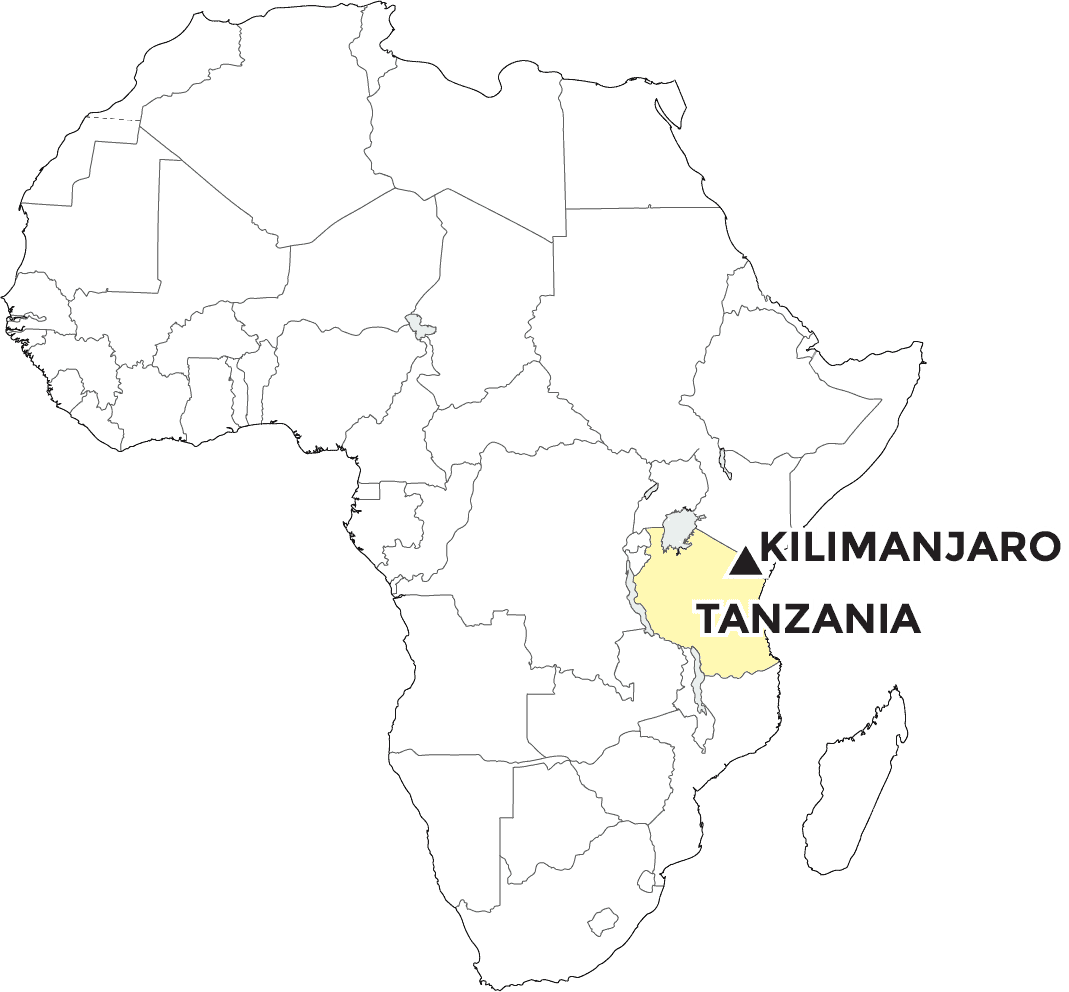What is a Total Lunar Eclipse and why are we writing about it on Peak Planet. First of all, what is a Total Lunar eclipse?
 A Lunar eclipse occurs when the Earth moves between the Sun and the moon and basically covers the moon with its shadow. There are three types of lunar eclipses. They are total, partial and penumbral.
A Lunar eclipse occurs when the Earth moves between the Sun and the moon and basically covers the moon with its shadow. There are three types of lunar eclipses. They are total, partial and penumbral.
The next lunar eclipse will be January 31, 2018. It will be a total eclipse and will be visible from Asia, Australia, the Pacific Ocean and western North America. The following Total Lunar eclipse will be July 27th and will be visible from South America, Europe, Africa, Asia, Australia. It just so happens that we have two Group climbs happening at that time. The Northern Circuit and the Lemosho route. Space is limited so if seeing a Total Lunar eclipse from the Roof of Africa is something that sounds absolutely amazing to you, then book your climb today so you don’t miss out.
History of Eclipses
Throughout history, eclipses have both inspired awe and invoked fear. This is especially true when the eclipse is a total lunar eclipse and the moon turns red. This is referred to as a blood moon.
A lunar eclipse can only occur with a full moon. A total lunar eclipse can happen only when the sun, Earth, and moon are perfectly lined up — anything less than perfection creates a partial lunar eclipse or no eclipse at all.
Because the moon’s orbit around Earth lies in a slightly different plane than Earth’s orbit around the sun, perfect alignment for an eclipse doesn’t occur at every full moon. A total lunar eclipse develops over time. The entire eclipse lasts only a couple hours.
Lunar Eclipse Path July 27, 2018
![]() Entire eclipse visible from start to end.
Entire eclipse visible from start to end.
![]() Entire partial and total phases visible. Misses part of penumbral phase.
Entire partial and total phases visible. Misses part of penumbral phase.
![]() Entire total phase visible. Misses part of partial & penumbral phases.
Entire total phase visible. Misses part of partial & penumbral phases.
![]() Some of the total phase visible. Misses part of total, partial & penumbral phases.
Some of the total phase visible. Misses part of total, partial & penumbral phases.
![]() Some of the partial phase visible. Misses total phase and part of partial & penumbral phases.
Some of the partial phase visible. Misses total phase and part of partial & penumbral phases.
![]() Some of the penumbral phase visible. Misses total & partial phases.
Some of the penumbral phase visible. Misses total & partial phases.
![]() Eclipse not visible at all.
Eclipse not visible at all.
Note: Areas with lighter shadings left (West) of the center will experience the eclipse after moonrise/sunset. Areas with lighter shadings right (East) of the center will experience the eclipse until moonset/sunrise. Actual eclipse visibility depends on weather conditions and line of sight to the Moon.
Here’s how it works
The Earth casts two shadows that fall on the moon during a lunar eclipse. The moon passes through these shadows in stages. The first, the penumbral is a partial outer shadow. It is barely noticeable. Once the eclipse gets to the center, that is where it becomes amazing. This is called the umbral shadow. It is a full, dark shadow.
According to NASA, two to four solar eclipses occur each year, while lunar eclipses are less frequent. “In any one calendar year, the maximum number of eclipses is four solar and three lunar,” the agency said. However, while solar eclipses can only be seen along a roughly 50-mile wide path, each lunar eclipse is visible from over half the Earth.
When is the next lunar eclipse?
January 31, 2018: Total eclipse. Visible from Asia, Australia, Pacific Ocean, western North America.
July 27, 2018: Total eclipse. Visible from South America, Europe, Africa, Asia, Australia.
January 19, 2019: Total eclipse. Visible from North and South America, Europe, western Africa.
July 16, 2019: Partial eclipse. Visible from South America, Europe, western Africa, Asia, Australia.
NASA keeps a list predicting lunar eclipses until 2100. They also keep data about past lunar eclipses.
How to watch a lunar eclipse
Lunar eclipses are among the easiest skywatching events to observe. You can just look at them. You don’t need a telescope or any other special equipment. However, with binoculars, you will be able to see more of the details of the moon.
Can’t make the Kilimanjaro climb this July? That’s too bad since the next total lunar eclipse won’t be visible from Kilimanjaro until May 16, 2022.
Please Note: Peak Planet is not responsible for the weather or clouds that may obscure viewing the eclipse. Information provided by NASA and timeanddate.com



